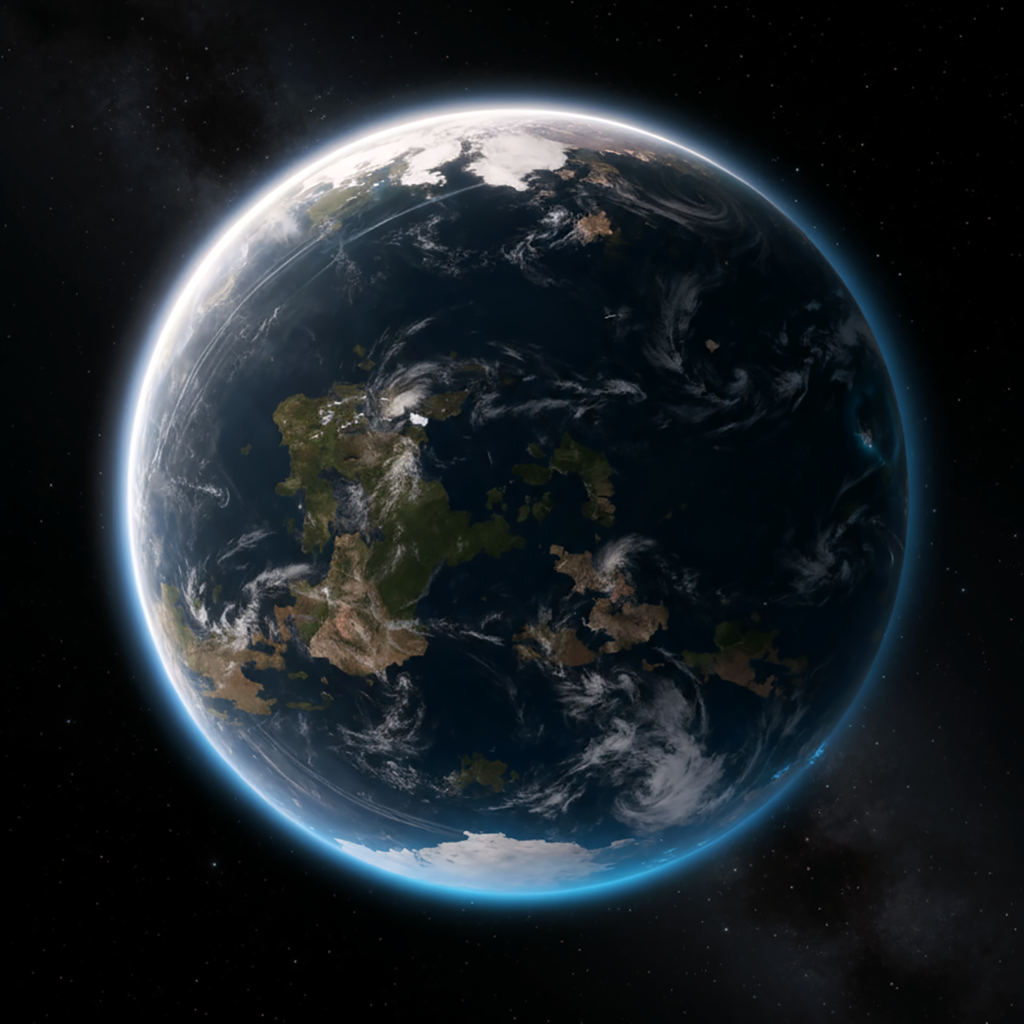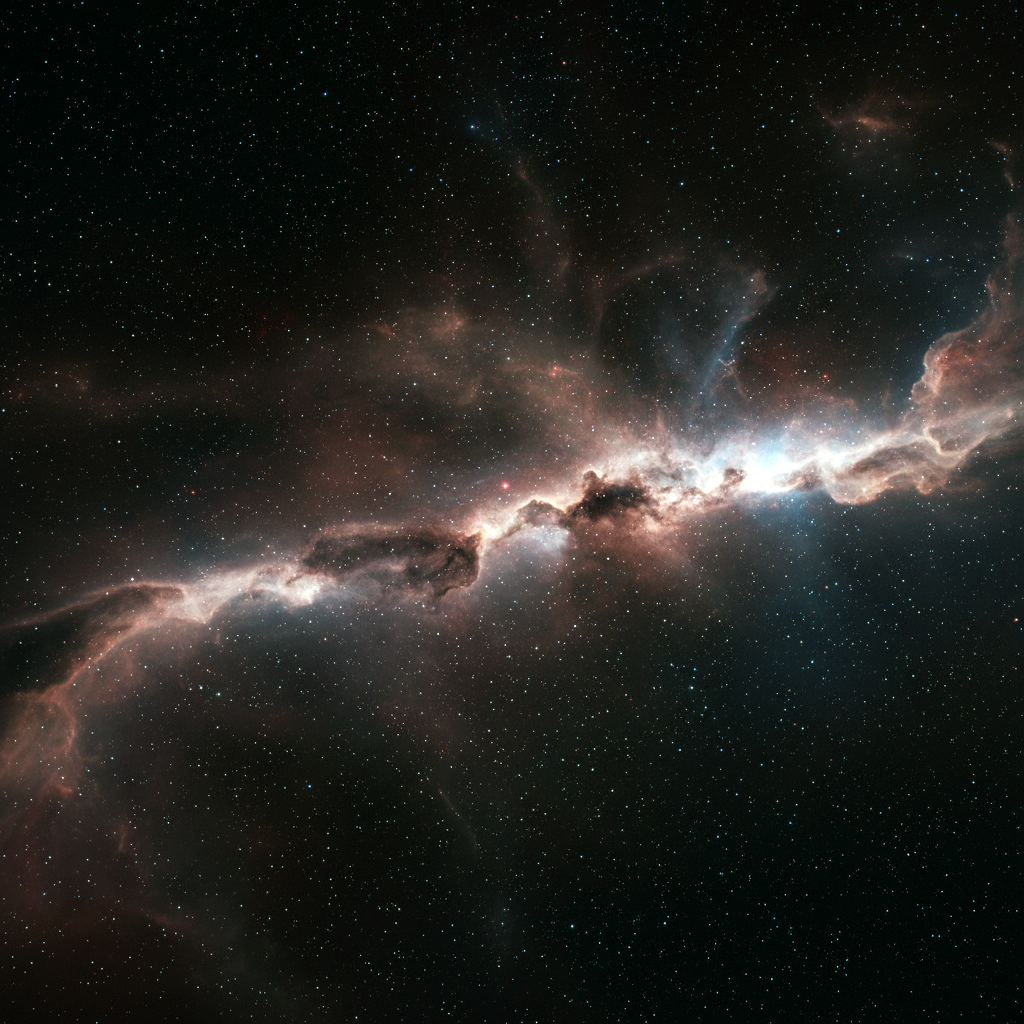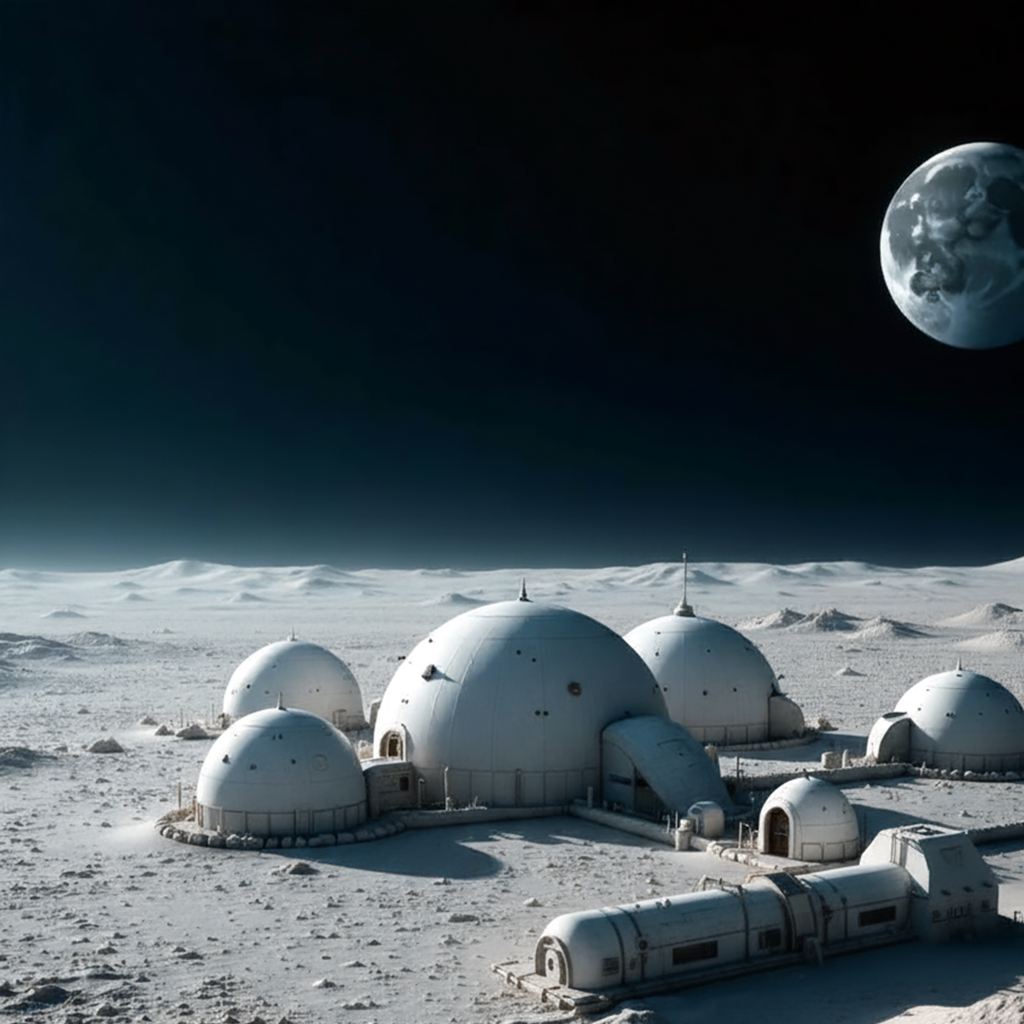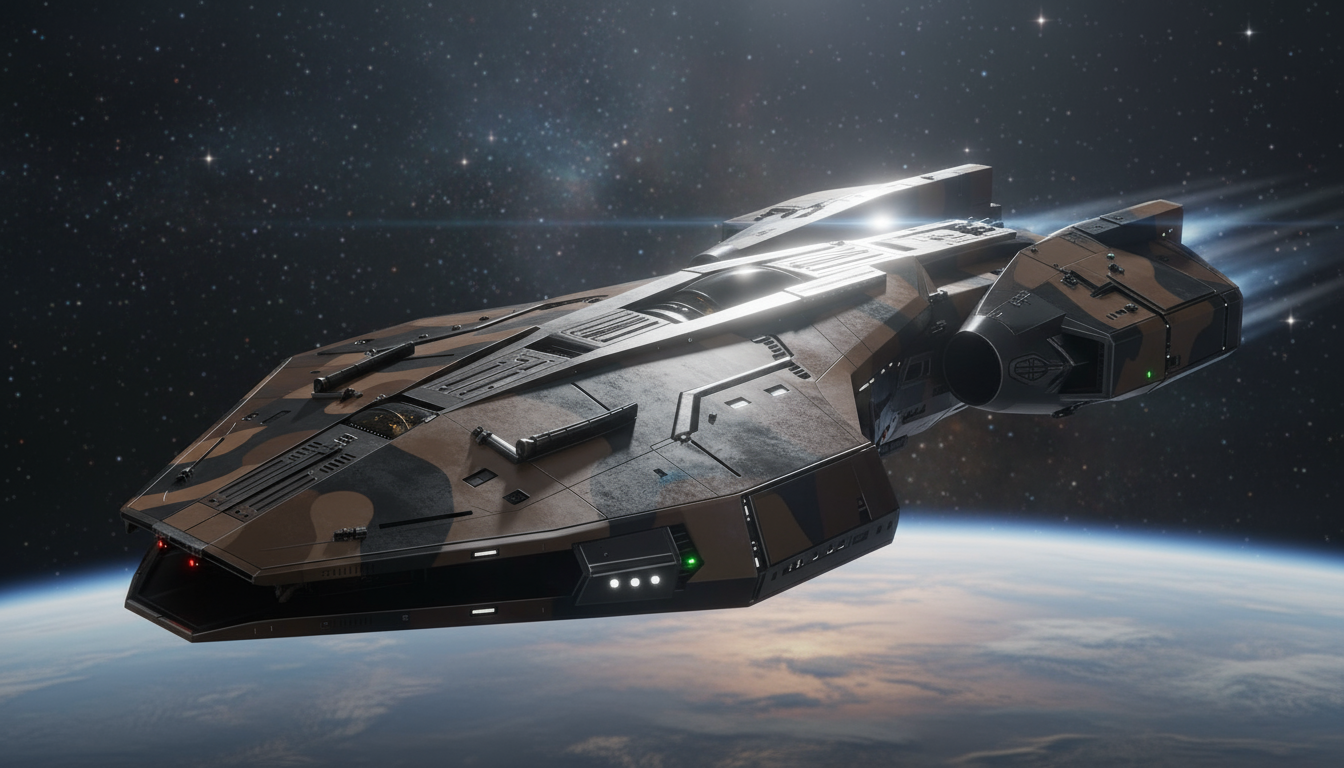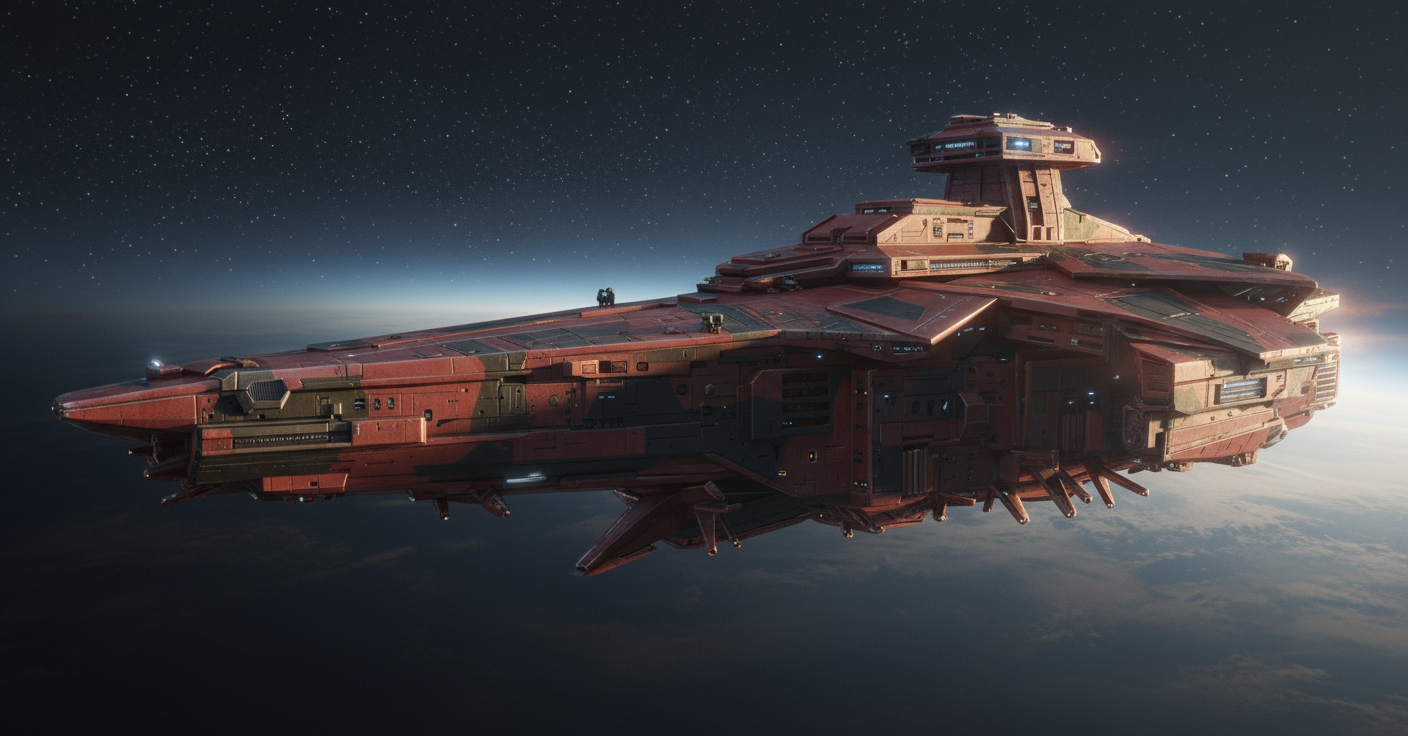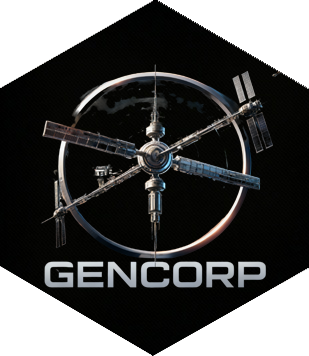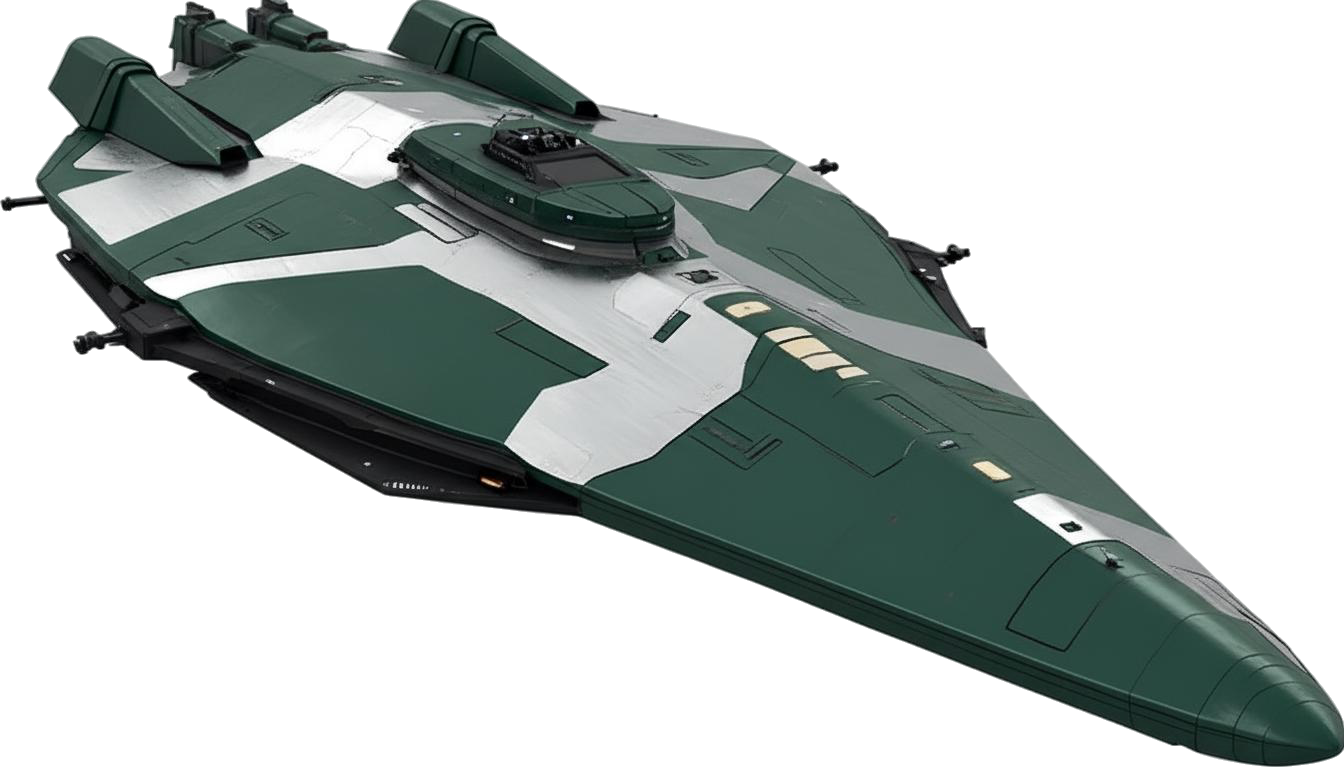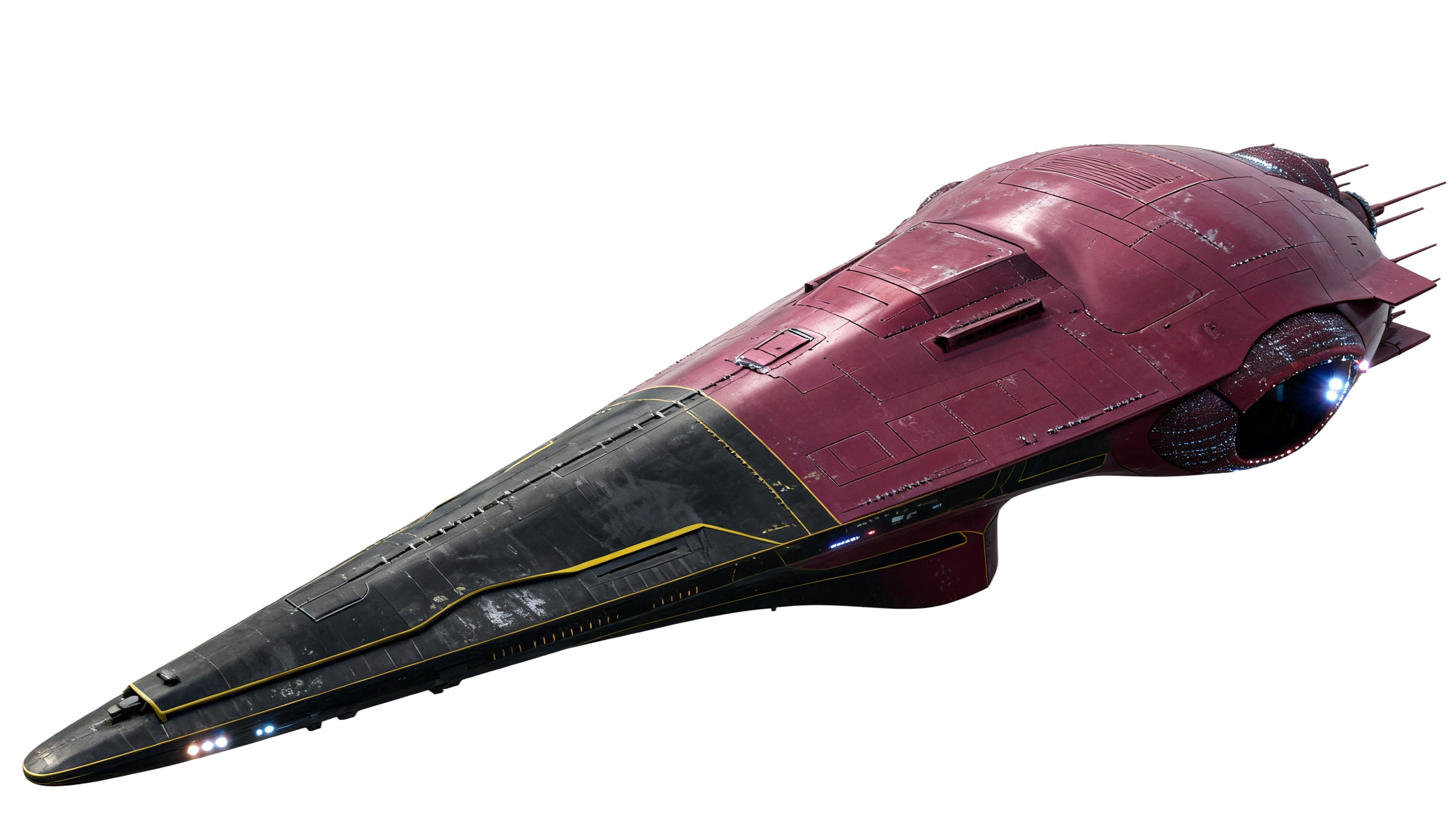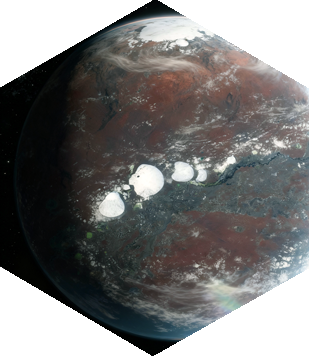Russian Federation
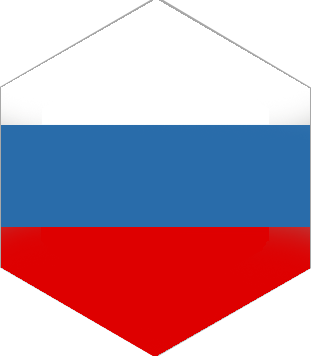
Overview
In the Twilight Run universe, the Russian Federation remains a defining power in the Terran Core, its influence built upon a legacy of exploration, endurance, and engineering prowess. From the first artificial satellite to the farthest extrasolar colonies, Russia’s path through the stars is a testament to persistence and national will. Its colonies in strategic systems, backed by the industrial might of state corporations, ensure its place among humanity’s foremost interstellar powers in the 23rd century.
Russia’s Early Role in Space: From Sputnik to Interstellar
Russia’s journey into space began with the Soviet Union’s launch of Sputnik 1 in 1957, followed by Yuri Gagarin’s historic orbit in 1961. Throughout the Cold War, the USSR pioneered space station architecture, orbital science, and human spaceflight — achievements that laid the foundation for future expansion beyond the solar system. After the Soviet collapse, Roscosmos inherited this mantle, leading renewed efforts in heavy-lift rocketry, orbital assembly, and deep-space exploration. By the late 21st century, Russia had reasserted itself as a leader in manned and unmanned missions, ready to leap toward the interstellar frontier.
Expansion into the Terran Core
The discovery of tunnel-drive technology enabled Russia to join the first wave of extrasolar colonization. Determined to maintain parity with other great powers, Moscow launched aggressive settlement initiatives focused on resource acquisition and strategic defense. Its colonies serve as both industrial engines and forward-operating bastions for its fleets and trade convoys.
- Trjava (Gliese 701) — The industrial and military heart of Russian extrasolar expansion. Trjava’s economy is anchored in heavy industry, resource extraction, and orbital construction. It also houses one of the largest contingents of the Strategic Space Forces (SSF), serving as the central hub of Russian defense operations in the Core.
- Udachi (Gliese 674) — A mining world rich in minerals and rare elements, vital to the Russian fleet and trade economy. Udachi’s position along major corridor routes grants it logistical importance and exposure to contested sectors, making it both an asset and a point of strategic tension.
The Role of Analuska
At the heart of Russia’s interstellar economy lies Analuska, a state-backed megacorporation specializing in orbital platforms, heavy industry, and hostile-environment colonization. Founded to consolidate industrial policy under direct Kremlin oversight, Analuska transformed outposts like Trjava and Udachi into fully operational colonies. Functioning as both corporation and strategic instrument, Analuska projects Russian influence deep into interstellar trade networks. Unlike private-sector competitors such as MoonTech, Analuska remains tightly aligned with state priorities, ensuring industrial self-sufficiency and defense readiness across Russian holdings.
Strategic and Military Influence
Russia’s interstellar military doctrine is embodied by the Strategic Space Forces (SSF) — an elite arm of the Russian defense apparatus emphasizing rugged design, firepower, and reliability. While technologically less refined than the fleets of the United States or China, SSF vessels are famed for their durability, modular systems, and combat endurance. From Trjava and Udachi, Russian fleets patrol the Terran Corridor, safeguard trade convoys, and defend key extraction and logistics assets. Their presence maintains a stabilizing balance in sectors prone to piracy or political tension.
Challenges and Rivalries
Russia’s interstellar ambitions bring inevitable friction with rival blocs. The United States and China dominate opposing corridors, leaving Moscow to carve influence through resilience and diplomacy. The absence of a Cetian alliance, unlike China’s privileged relationship via the Krag Accord, presents strategic challenges — but also independence. In response, Russia has accelerated research into gravitic field engineering, tunnel-drive optimization, and AI-assisted logistics to maintain technological parity. Through trade with neutral worlds and cooperation with mid-tier blocs, Russia sustains influence even in competitive environments.
Legacy
In the 23rd century, the Russian Federation continues to embody the virtues that defined its earliest spacefarers — endurance, ingenuity, and resolve. Its colonies of Trjava and Udachi, bolstered by the might of Analuska and the Strategic Space Forces, remain integral to the Terran Core’s industrial and political fabric. Though overshadowed by the scale of the American and Chinese networks, Russia’s presence ensures stability, infrastructure, and continuity across key sectors of the Core. Its legacy endures as that of a true pioneer — one that helped carry humanity from Earth’s orbit to the stars.




